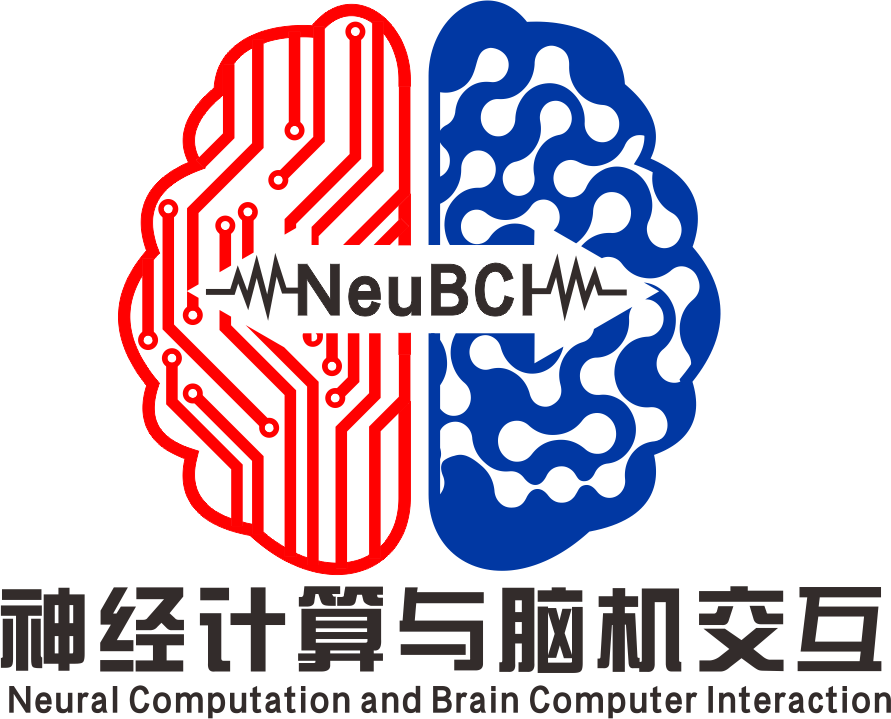The accurate localization of anatomical landmarks is a challenging task, often solved by domain specific approaches. The author propose a method for the automatic localization of landmarks in complex, repetitive anatomical structures.
The key idea is to combine three steps: (1) a classifier for pre-filtering anatomical landmark positions that (2) are refined through a Hough regression model, together with (3) a parts-based model of the global landmark topology to select the final landmark positions. During training landmarks are annotated in a set of example volumes. A classifier learns local landmark appearance, and Hough regressors are trained to aggregate neighborhood information to a precise landmark coordinate position. A non-parametric geometric model encodes the spatial relationships between the landmarks and derives a topology which connects mutually predictive landmarks. During the global search the author classify all voxels in the query volume, and perform regression-based agglomeration of landmark probabilities to highly accurate and specific candidate points at potential landmark locations. We encode the candidates’ weights together with the conformity of the connecting edges to the learnt geometric model in a Markov Random Field (MRF). By solving the corresponding discrete optimization problem, the most probable location for each model landmark is found in the query volume.
The author shows that this approach is able to consistently localize the model landmarks despite the complex and repetitive character of the anatomical structures on three challenging data sets (hand radiographs, hand CTs, and whole body CTs), with a median localization error of 0.80 mm, 1.19 mm and 2.71 mm, respectively.
To download attachments, please log in.
